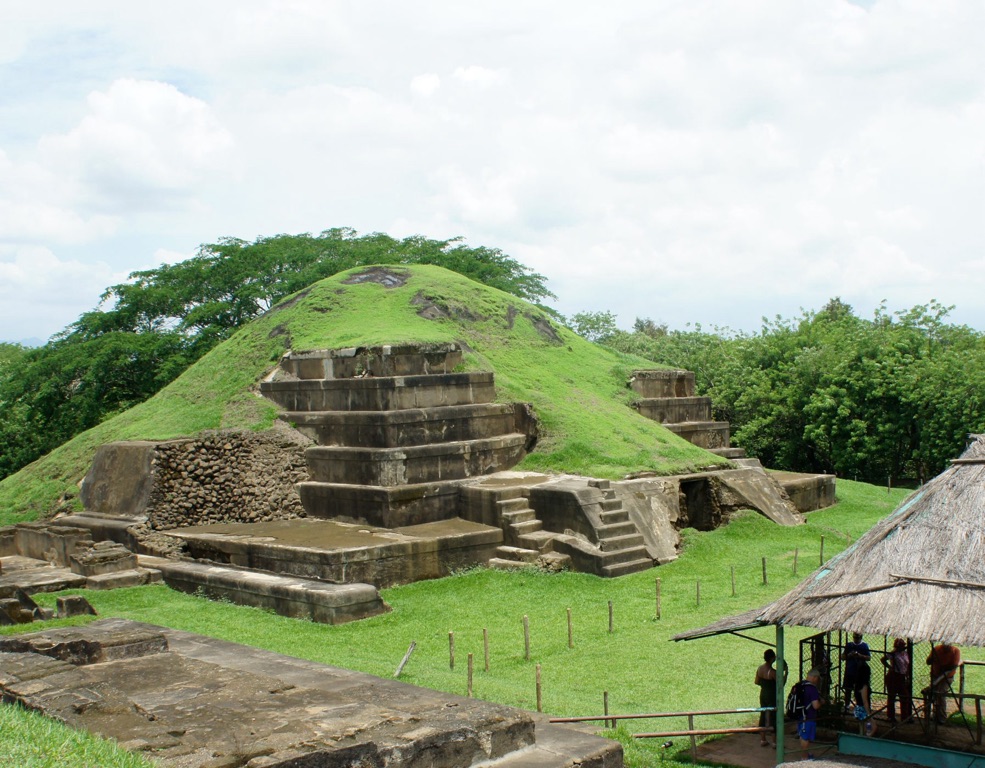Summary
Exploring the Origins
San Andrés Archaeological Park, nestled in the vibrant heart of El Salvador, beckons history enthusiasts and curious travelers alike. This captivating park serves as a window into the ancient Mayan civilization. Visitors can explore the impressive pyramids, which reveal an intricate understanding of astronomy and urban design. The park’s main complex showcases the advanced societal structure of the Mayans. Here, one can get an intimate glimpse of the political and religious centers that once governed daily life.
Get your dose of History via Email
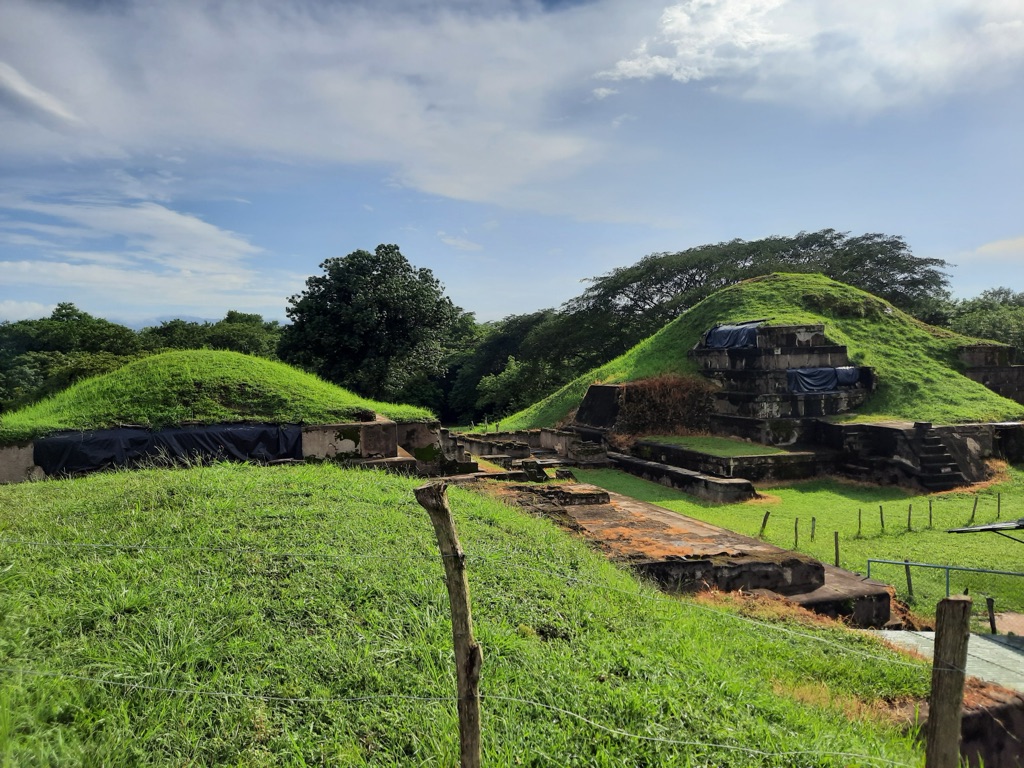
Uncovering the Layers of Time
Excavations at San Andrés have unearthed layers of profound historical significance, each narrating a unique segment of pre-Columbian life. The park’s skilled guides offer visitors a wealth of knowledge, detailing the site’s transformation through various eras, from its establishment around 900 BC to its peak and eventual abandonment in the post-classic period. As tourists meander through the remains of residential complexes, they get a rare peek into the private lives of an ancient culture that has left a timeless mark on the region.
A Mosaic of Cultural Heritage
Today, San Andrés Archaeological Park not only serves as a significant archaeological site but also as a testament to El Salvador’s commitment to preserving its cultural heritage. It provides a vivid cultural experience, complete with a museum that houses an array of Mayan artifacts. These relics showcase the intricate craftsmanship and artistry of a people whose legacy continues to enchant and inspire. The park, through its immersive educational programs and exhibits, is an essential destination for understanding the depth and complexity of Mesoamerican history.
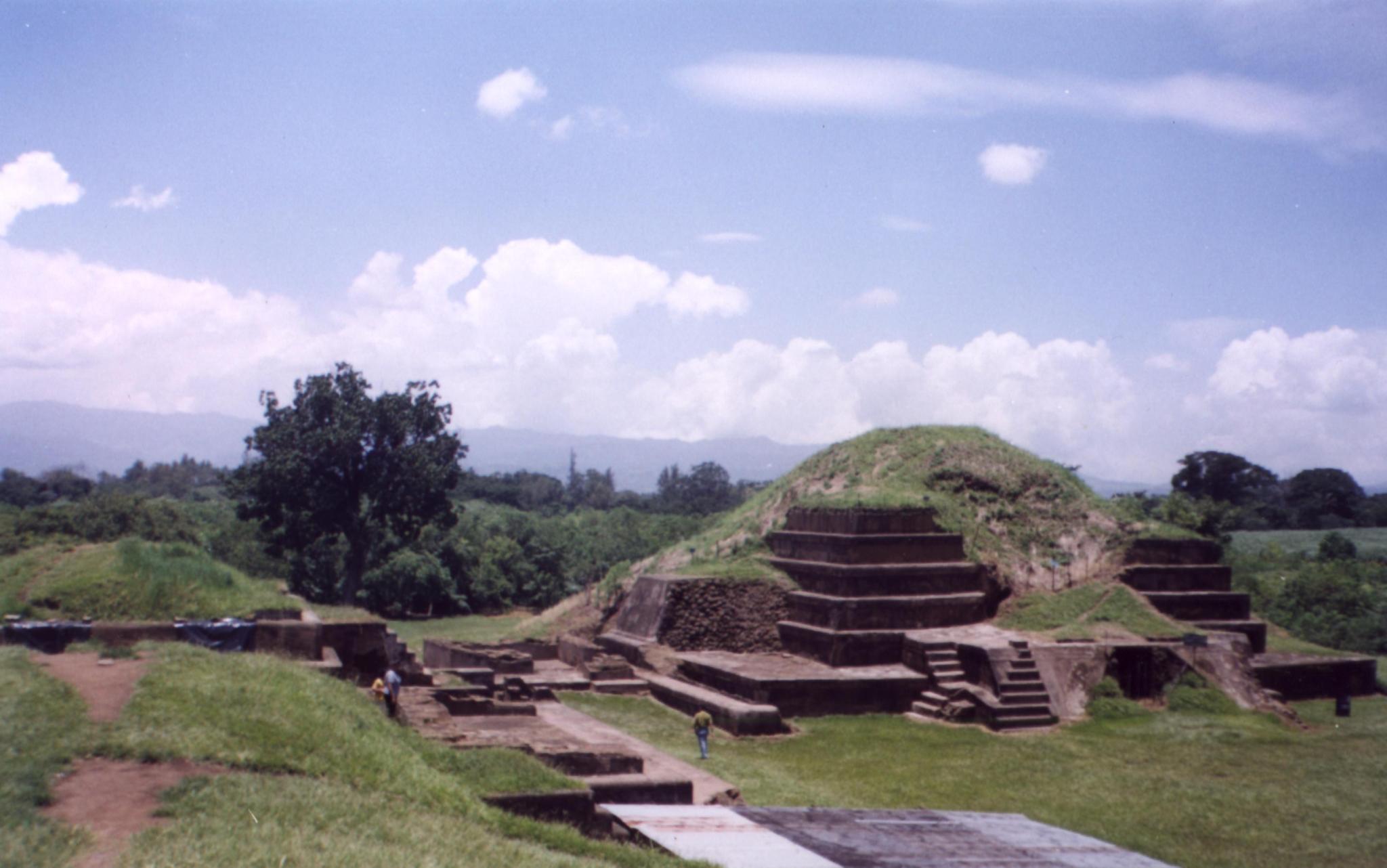
Historical Background of San Andrés Archaeological Park
The Dawn of San Andrés
San Andrés Archaeological Park bears the weight of a civilization that once pulsated with life. It sprang up around 900 BC as a farming village. With time, it became a dominant political center. The Mayans here mastered the art of survival and expansion. They harmonized with the region’s volatile volcanic activity. The site flourished through trade networks, spreading across Mesoamerica. As emphasized by the park’s spectacular main pyramid, their architecture advanced in leaps and bounds.
Prosperity and Power
The classic period marked San Andrés’ golden age. It thrived from AD 250 to 600, becoming a bustling metropolis. Its population peaked, and grand public buildings rose from the earth. The rulers commanded respect from far and wide. Profoundly, these structures bear witness to a power that once swayed over the region. They regulated both the spiritual and earthly realms. Thus, their influence resonates through the remnants that visitors marvel at today.

Decline and Rediscovery
Sadly, all empires meet their ends. By the late 9th century, the site fell silent. Reasons for this decline remain a topic of speculation and research. Yet, it slept undisturbed until the 1940s. That’s when archaeologists began unearthing its stories. They sifted through the volcanic ash, revealing a complex past. Their work helped San Andrés rise again, this time as a vessel of history. Intriguingly, the layers of ash preserved a snapshot of Mayan life that we can now study and appreciate.
A New Chapter for San Andrés
Modern times brought new attention to San Andrés. It opened to the public as an archaeological park in the 1990s. Today, it is not just a park, but a classroom and a bridge across time. Visitors learn about ancient Mayan culture here. The preservation efforts show a dedication to keeping history alive. Also, the site serves as a proud reminder of El Salvador’s rich heritage.
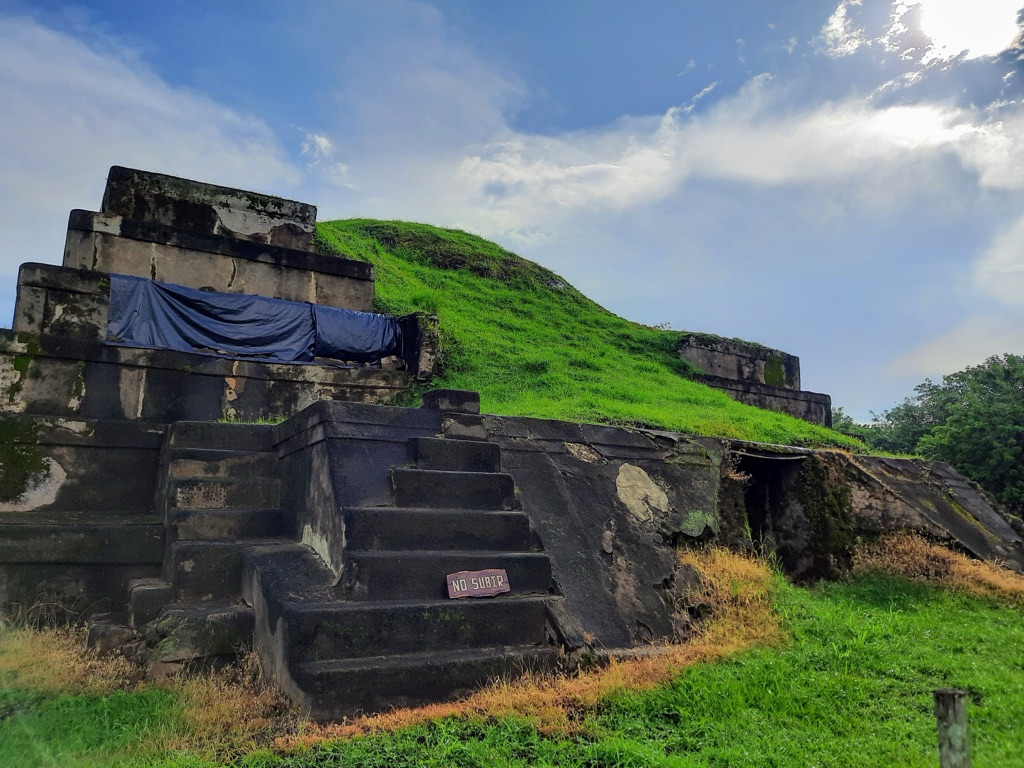
San Andrés Today
The story of San Andrés continues to unfold with every new discovery. Each artifact, structure, and soil layer tells of times long gone. They also hint at the lives, beliefs, and knowledge of the Mayan people. This connection to the past is vital. It reminds us of the unbroken human quest for meaning and mastery over the forces of nature. San Andrés stands as a permanent testament to this journey, welcoming all who seek to understand our shared history.
The Discovery of San Andrés Archaeological Park
Unveiling the Ancient Ruins
In the 1940s, amid the lush valleys of El Salvador, a monumental discovery came to light. Hidden under layers of volcanic ash, the ruins of San Andrés lay dormant for centuries. Local farmers first stumbled upon these remnants of a past civilization. They provided the initial clues to what would soon become one of the country’s most significant archaeological finds. The volcanic ash, remnants of the colossal eruption of the Ilopango volcano, had preserved the site remarkably well.
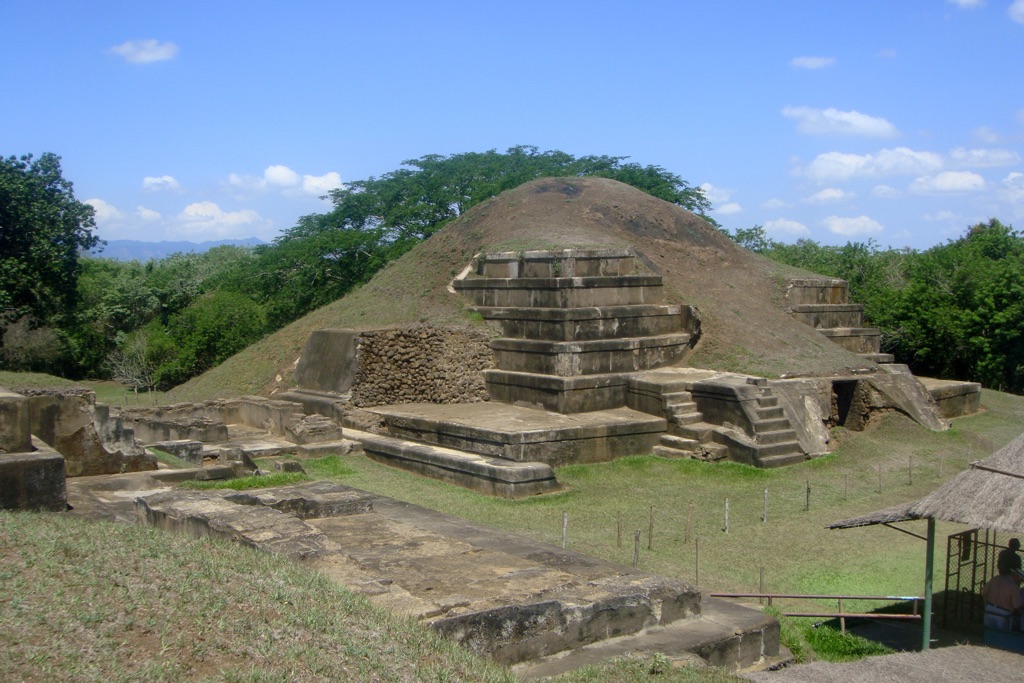
The Archaeologists’ Arrival
Further exposure of San Andrés came in the following years. Researchers arrived, intrigued by reports of ancient artifacts. Professional archaeologist Stanley Boggs led the way, spearheading the excavation efforts in the late 1940s. The teams worked diligently. They uncovered pyramids, residences, and public spaces. These discoveries pieced together the cultural tapestry of the indigenous people who thrived before Spanish conquest. The site echoed with the history of the Mayans, drawing specialists from around the world.
A Wealth of Mayan Heritage
Excavation teams have discovered a variety of structures at San Andrés. These include governmental buildings indicating complex social organization. Also, a series of water reservoirs suggests sophisticated engineering skills. What’s more, craftsmen’s workshops point to a dynamic economic system. Moreover, the on-site lime kiln implies that the Mayan residents had advanced knowledge in producing building materials. Collectively, these elements highlight the Mayans’ ingenuity and adaptability.
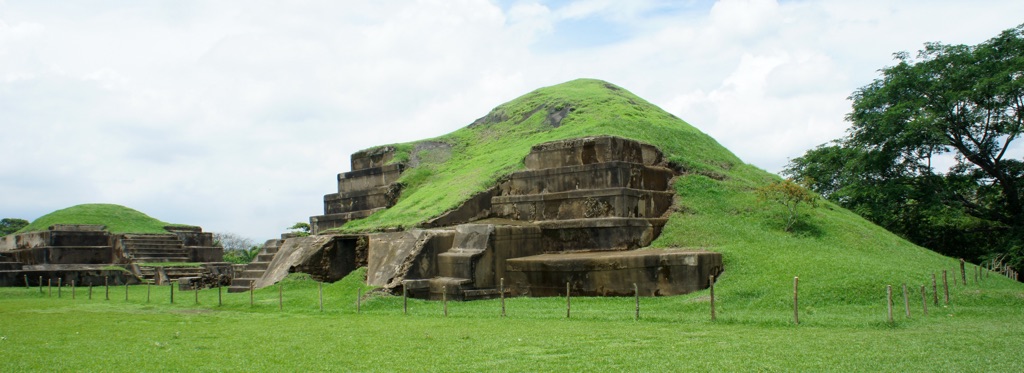
Insights from Artefacts
Artifacts unearthed at San Andrés tell personal stories of its former inhabitants. Ceramics, jewelry, and tools illustrate the daily life and spiritual practices of the Mayans. Unique items such as cacao pots have also been found, underscoring the trade and culinary habits of the period. These findings are invaluable, providing deeper insights into the social and economic underpinnings of the community.
San Andrés Opens to Public Exploration
After decades of research and preservation efforts, the park opened to the public in the 1990s. This move allowed people from all over the world to connect with the ancient Mayan civilization. Each step through San Andrés is a step back in time. Visitors can now observe the complexity of Mayan culture firsthand. The site’s integration into the tourism sector of El Salvador highlights its importance to the country’s cultural identity and global heritage understanding.
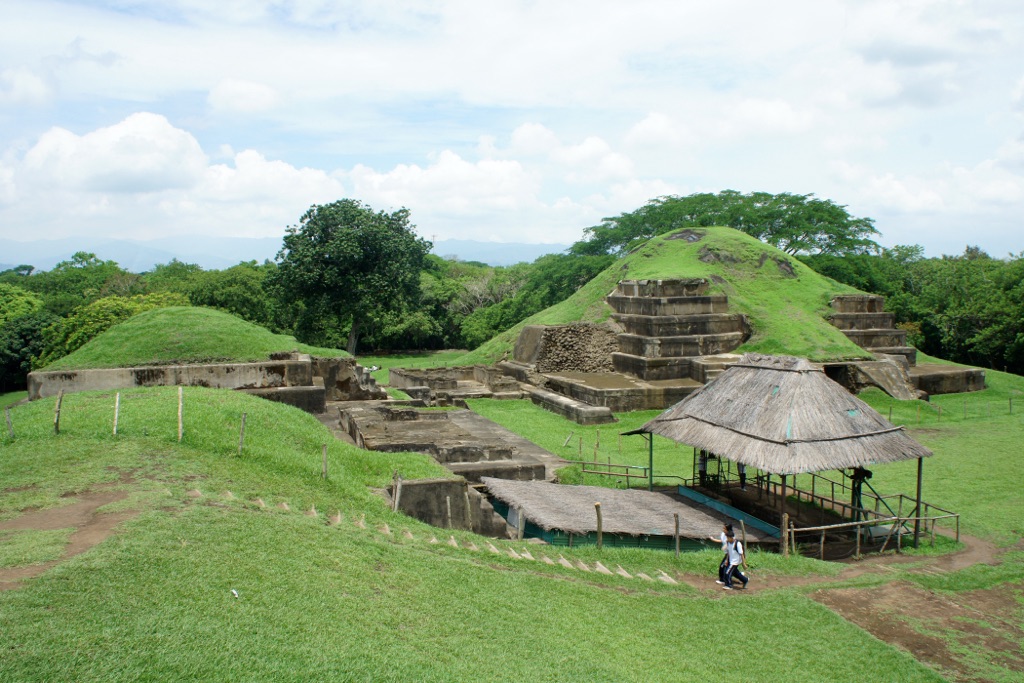
Cultural Significance, Dating methods, Theories and Interpretations
A Hub of Mayan Civilization
San Andrés Archaeological Park is a cultural beacon in El Salvador’s storied landscape. Once a central node in the expansive Mayan trade network, its strategic location fostered cultural exchanges that enriched Central American heritage. The site’s impressive architectural complexes serve as tangible links to the beliefs, social norms, and artistic expressions of the Mayans. They allow us to experience the spiritual and communal life that marked this ancient civilization’s zenith.
Pieces of the Past: Dating the Ruins
Dating the remnants of San Andrés has been a pivotal part of its study. Radiocarbon dating methods point to the site’s human activity as far back as 900 BC, with continuous occupation until roughly AD 1200. Analyzing the layers of volcanic ash has provided key time markers, correlating with known eruptions, like that of the Ilopango volcano. This process helps clarify the timeline of the site’s development, its periods of prosperity, and its eventual decline.
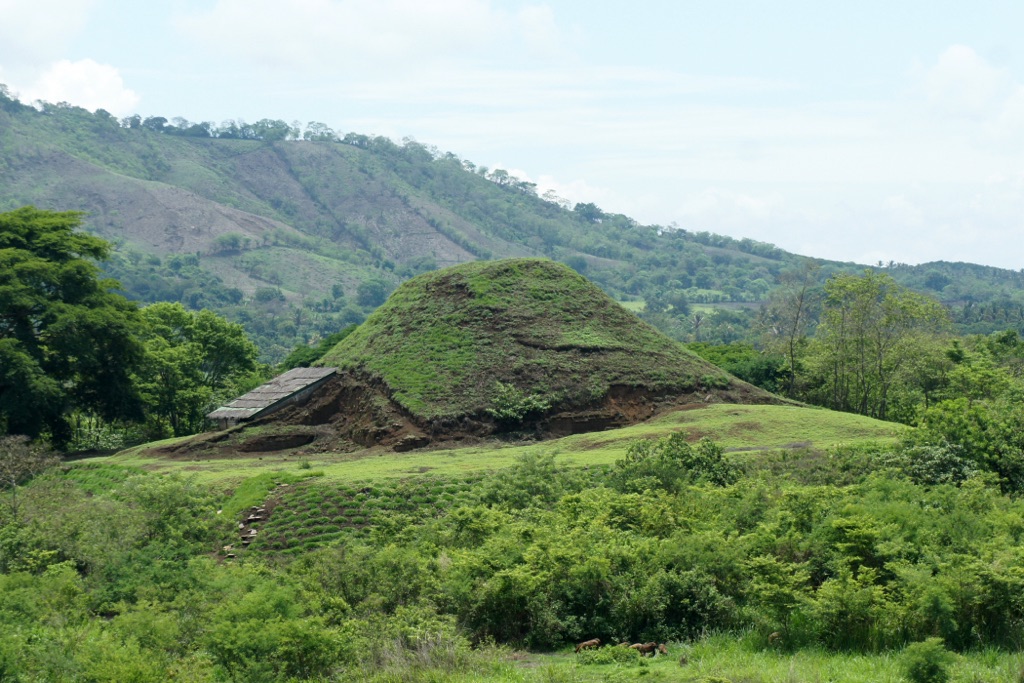
The Theories Behind the Structures
Theories on the purpose and symbolism of San Andrés’ structures are varied. Some suggest the layout reflects astronomical alignments, signifying a deep understanding of celestial patterns. Others presume the layouts embody social hierarchies or are designed for optimal urban functionality. These interpretations underscore the complexity and sophistication of Mayan society, revealing their multifaceted relationship with the cosmos and each other.
Interpretations of Daily Life
Excavated artifacts at San Andrés speak volumes about the community’s daily life. From these relics, researchers interpret a society rich in rituals and skilled in crafts. The diversity of pottery styles signifies a complex cultural narrative and suggests a society stratified yet interconnected. Each item, whether a cooking utensil or decorative object, adds depth to our understanding of how these people lived, worshipped, and interacted.
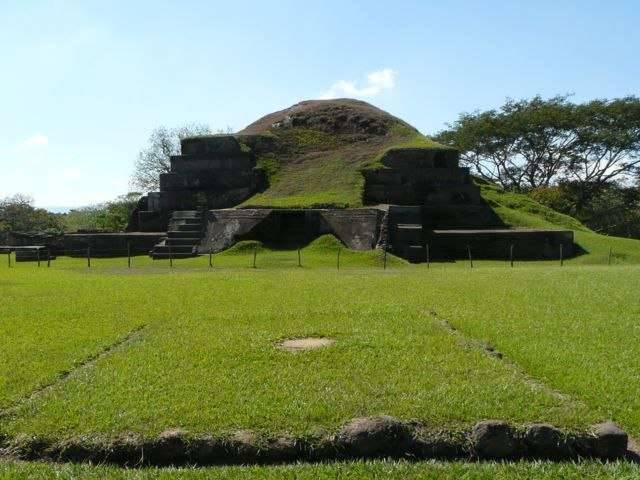
The Unfolding Story
San Andrés’ cultural significance continues to unfold as new findings emerge. Each discovery prompts fresh theories and interpretations, fostering a dynamic conversation among historians, archaeologists, and the modern world. As its narrative develops, so does our appreciation for the ingenuity and resilience of the Mayans—a civilization whose legacy is far from forgotten and continues to enlighten our view of human history.
Conclusion and Sources
San Andrés Archaeological Park stands as a testament to the rich cultural and historical tapestry of El Salvador. It offers invaluable insights into the Mayan civilization and its impacts that ripple through time. By studying its structures, artifacts, and layout, we uncover narratives about societal organization, beliefs, and daily life that challenge and expand our understanding of ancient Mesoamerica. San Andrés remains an open book, offering endless knowledge to those who seek to decipher its pages. As ongoing research contributes to the site’s story, San Andrés will continue to be a cornerstone for the study and appreciation of Pre-Columbian history.
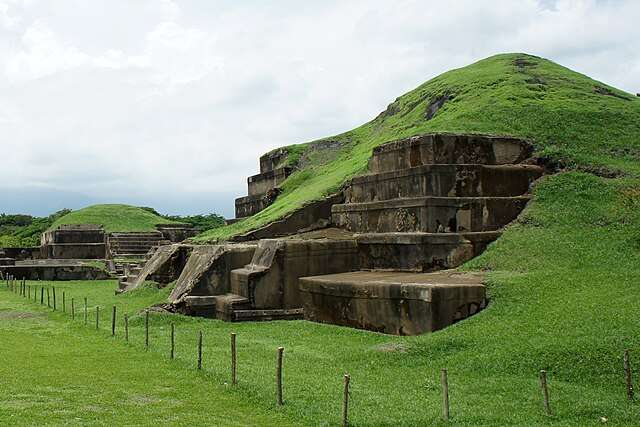
For further reading and to validate the information presented in this article, the following sources are recommended:
Or you can check any of these reputable archaeological and historical texts:
Sharer, R. J. (2006). ‘The Ancient Maya’, Stanford University Press, Stanford, CA.
Sheets, P. (2000). ‘Provisioning the Ceren Household’, Ancient Mesoamerica, 11(2), pp. 217-230.
Fowler Jr, W. R. (1989). ‘The Cultural Evolution of Ancient Nahua Civilizations: The Pipil-Nicarao of Central America’, University of Oklahoma Press, Norman, OK.
Andrews, E. W. (1976). ‘Maya Cities: Placemaking and Urbanization’, University of Oklahoma Press.
Coe, M. D., and Koontz, R. (2013). ‘Mexico: From the Olmecs to the Aztecs’, Thames & Hudson, New York, NY.

